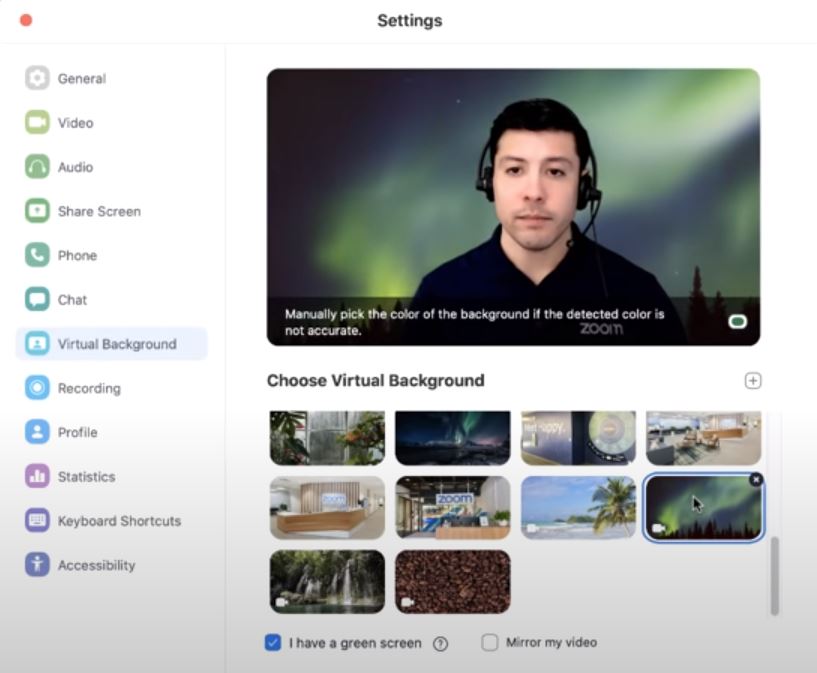While it is a natural shift for technology businesses like Soft Tech to adjust to working from home, for many of our customers this will be a first. We thought it would be a great idea to share some best practice insights we’ve established over the years, on the best way to set up and conduct a professional video call while working from home.
Following the steps below and applying these best practices will ensure from now on, you’ll host a professional video call while working from home:
Check your settings
Zoom, our chosen Web-conference software, has some great default settings. No matter what software you go with, most have similar settings options. We would recommend checking the settings options for the following features:
- Video: Enable mirror effect. When you raise your left hand, your hand on the left of your screen rises. This effect prevents confusion when you show people things.
- Audio: Always mute microphone when joining a meeting. It can be annoying to start talking and realize that you have to unmute, but it’s far better than the alternative – everyone hearing your muttering because you can’t figure out why your headset isn’t working.
- Audio: Automatically adjust microphone or mic level. This setting is usually enabled by default, and fine to leave on, but if you hear complaints from others that your audio is cutting out or echoing, try disabling this. Other software on your computer, or the microphone itself, maybe be applying changes or effects that are competing with the Web-conference software’s settings.
Camera and position
Most of us have a laptop computer and use an external monitor or monitors for our setup. If this is your setup, have a secondary USB camera mounted to the top of the main monitor. This centers you in the video call looking at your main monitor. Much better than using your laptop camera showing a side view of your face while you focus on your main monitor during the call.


This is often overlooked but, keep in mind, your goal here is positive engagement. Having a conversation with the side profile of a person not looking at you impacts your ability to interact and effectively communicate.
Background
Look at what is behind you when your camera is live. Is it a messy stack of books on a shelf or other personal items that would be a distraction? Do a quick cleanup around this space before your meeting to ensure there is no distractions or cause for embarrassment (dirty laundry?) when your meeting goes live. If you use Zoom, there is a neat feature that allows you to use a virtual background during your call.
Lighting


Tying in with background, if you have a window behind you, it is going to negatively impact your lighting. In the day, it’s too bright, in the evening it’s too dark. Experiment with the desk position in your room. If you are not able to change deck position, look for a decorative, neutral shade/light control system for your window to block out that light during a meeting.
Then there is back lighting. This is the use of a light source on each side behind your desk to brighten you up during a conference call. This can be as simple as using two small desk lamps right up to studio quality photography back lights with wash out canopies. What you use is not important, it is the result that counts.
Audio
We’ve found that using a studio grade microphone in conjunction with a pair of in-ear headsets to be an optimal audio setup. The microphone gives a clearer audio pickup than what is available on a headset boom mic.
In addition, by going away from a headset boom mic (are we clear for take off?), we remove the visual obstruction from the meeting. As your goal is engagement, this is a subtle yet effective way to improving your meeting experience.
If there is significant background noise from other non-speakers, it may be worth politely suggesting to the group on the call to please mute their speaker if not speaking. It’s worth noting that keyboard typing can often be heard during a video call, so avoid messaging or replying to emails while on the call too.
If you’ve never used Zoom before, check out their help center for tips and tricks on everything from how to set up your first meeting, to integrating Zoom with Outlook, recording your meetings and screen sharing so you can conduct a professional video call while working from home.
